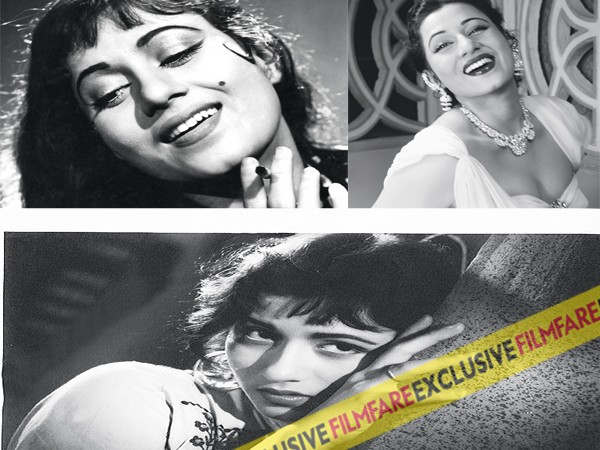The indelible Madhubala led a tumultuous life albeit with great elegance.
She was the flawless beauty. A woman of resolve and uncanny character. Her mystique and charisma attracted the West to our showbiz shores. More than Raj Kapoor, Dilip Kumar and Dev Anand, the cogs in Hollywood wanted to know who she was, so when Hollywood director Frank Capra visited Bombay, all that he wanted to do was meet her. She was the veritable Indian beauty, our answer to Marylin Monroe. But unlike her Hollywood equivalent, she evoked awe and respect in the Hindi film industry. Her sex-appeal was preceded by her tehzeeb. Unlike Marylin who was chided for being the blonde, she was considered a professional par excellence. As the story goes, she was so dedicated that she obsessed about punctuality. In the late ’40s, she reported on the sets of her film a good hour-and-a-half before time. This after she had braved torrential rain, floods and a trip in the local trains. Her then director Kidar Sharma was pleasantly shocked. She continued to display the same commitment even when she was a top-billed star.
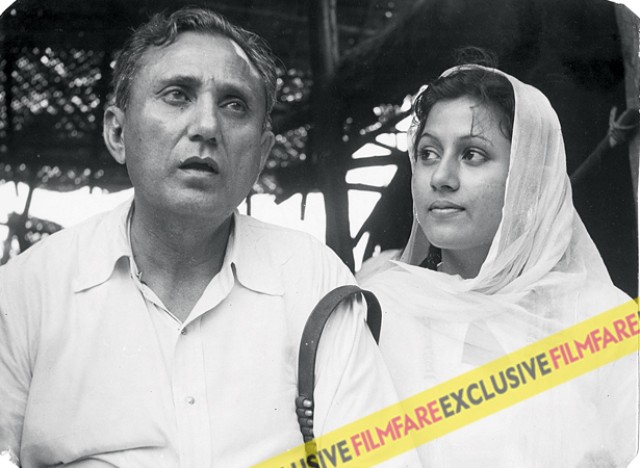
Beauty with a heart
She was the most exquisite woman celluloid ever witnessed. Her beauty had the power to mend broken hearts. Dilip Kumar was nursing heartbreak in 1950 but when he met she on the set of Tarana, it was her fluttering smile that stole his heart. The list of her suitors just went on and on.
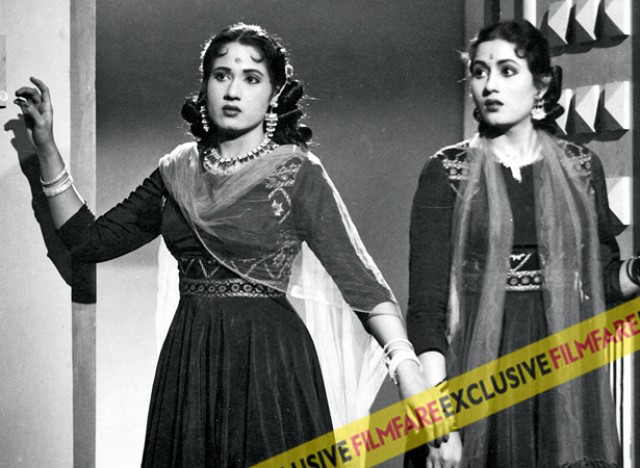
Prem Nath who was good friends with Dilip Kumar, also vied for her affections. So much so that, his friendship with Dilip apparently went kaput. Despite the flooding interest of men, she never found what she was looking for – true love. But that didn’t change her intrinsic warmth. She was known to be compulsive about lending a helping hand. She was known to give away a purse full of 100 rupee notes to the less fortunate on her sets. She would even greet trespassing paparazzi with her famous melancholic smile.
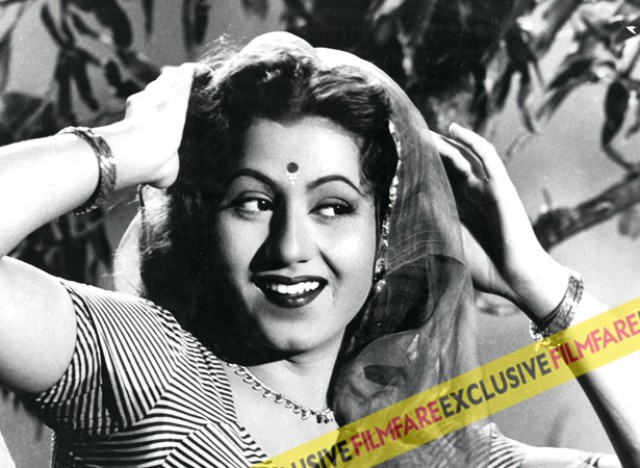
Sweet poison
She was the most sought after actress in B-town. She could do comedy, tragedy and romance with consummate ease. But for all the talent in the world, her initial foray as leading lady wasn’t well-received. Barring Mahal (1949) and Tarana (1951) all her initial movies failed at the box-office.
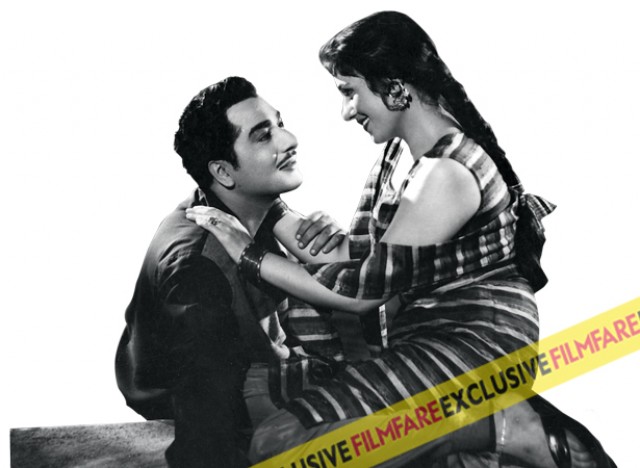
She was called ‘box-office poison’ and was relegated to films like Lal Dupatta, Singaar and Desh Sewa. But as resolute as she was she bounced back with films like Badal, Sangdil, Mr & Mrs 55 and Howrah Bridge. By the time Mughal-E-Azam hit screens in 1960, she was at the top of her game. Her last film to release was Jwala in 1971 with Sunil Dutt.
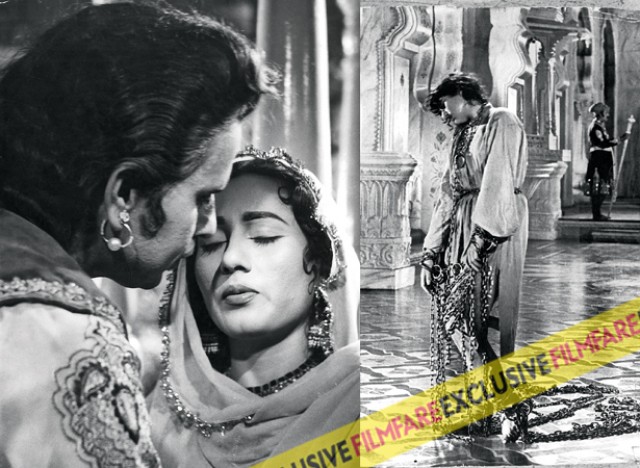
(R)It was during the shooting of Mughl-E-Azam that the first bulletins of her heart ailment became public. Director K Asif had reportedly got her shackled in real iron chains which hadn’t helped the ailing actress.
Business savvy
With the world at her feet, she could’ve had anything she fancied. But her ambitions were modest. The sole reason she worked in films was because she was the breadwinner of her huge family. In the late ’40s, when she first featured as a lead actress, Suraiya was the top heroine.
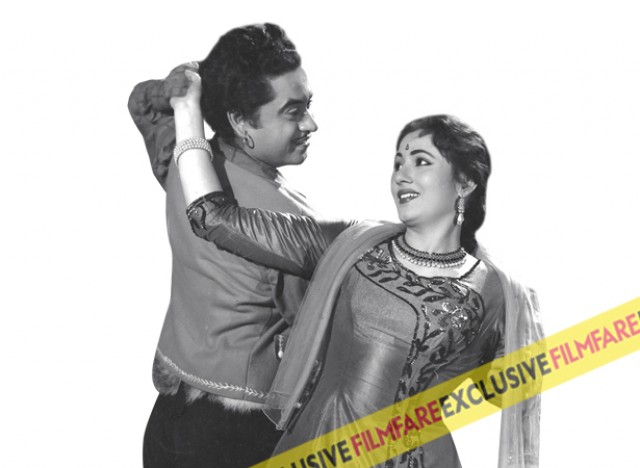
Call her a beauty with brains because she made sure a dozen producers hired her thanks to her more lucrative deals. She used to sign films at one fifth the price that her contemporaries were charging. The modest remunerations changed into fat pay cheques when she became a star.
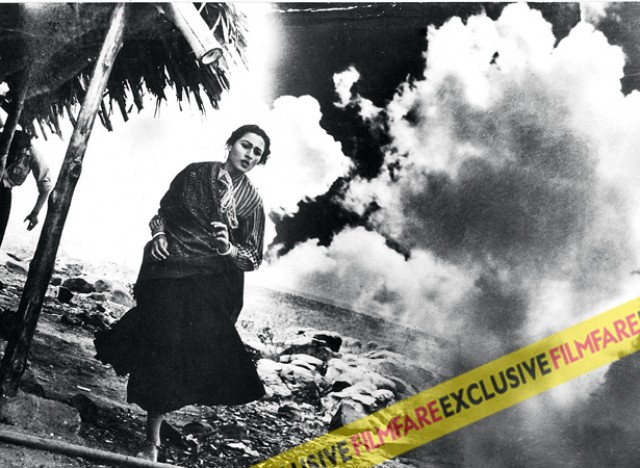
Tragedy hit
Right through her life, she lived in the shadow of her father Ataullah Khan. He’s known to have controlled what movies she worked in, whom she met and what places she could visit. It was his alleged domination that lead to the unfortunate end of her much-talked about love affair with Dilip Kumar. She had her moments of belligerence, when she attended the premiere of Insaniyat (1955) on Dilip’s arm. But eventually the friction led to a public split, what with Dilip having a showdown in court. The trauma of it all broke her already fragile heart.
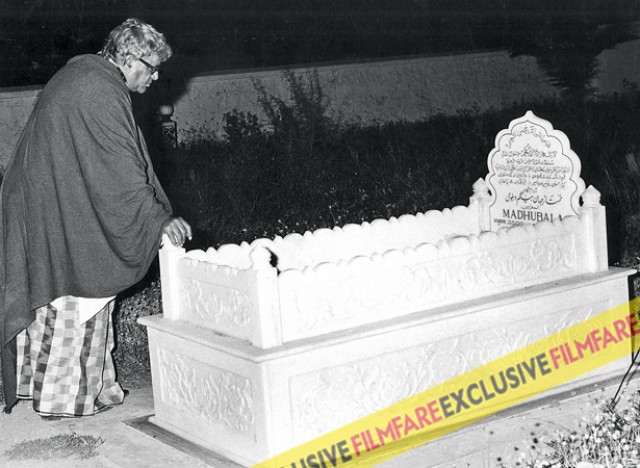
Yes, the most beautiful Indian woman in the world born on Valentine’s Day, February 14, suffered from a ventricular spetal defect, a hole in the heart. Nonetheless, she was able to ward off depression and anguish and tie the knot with Kishore Kumar. But she was slated for a tragic end. Her health deteriorated. Even though Kishore did his best, he couldn’t save the inevitable. She faded to an ailing heart.
source: http://www.filmfare.com / FilmFare.com / Home> Features / by Rachit Gupta, Features Editor / Monday – November 11th, 2013
